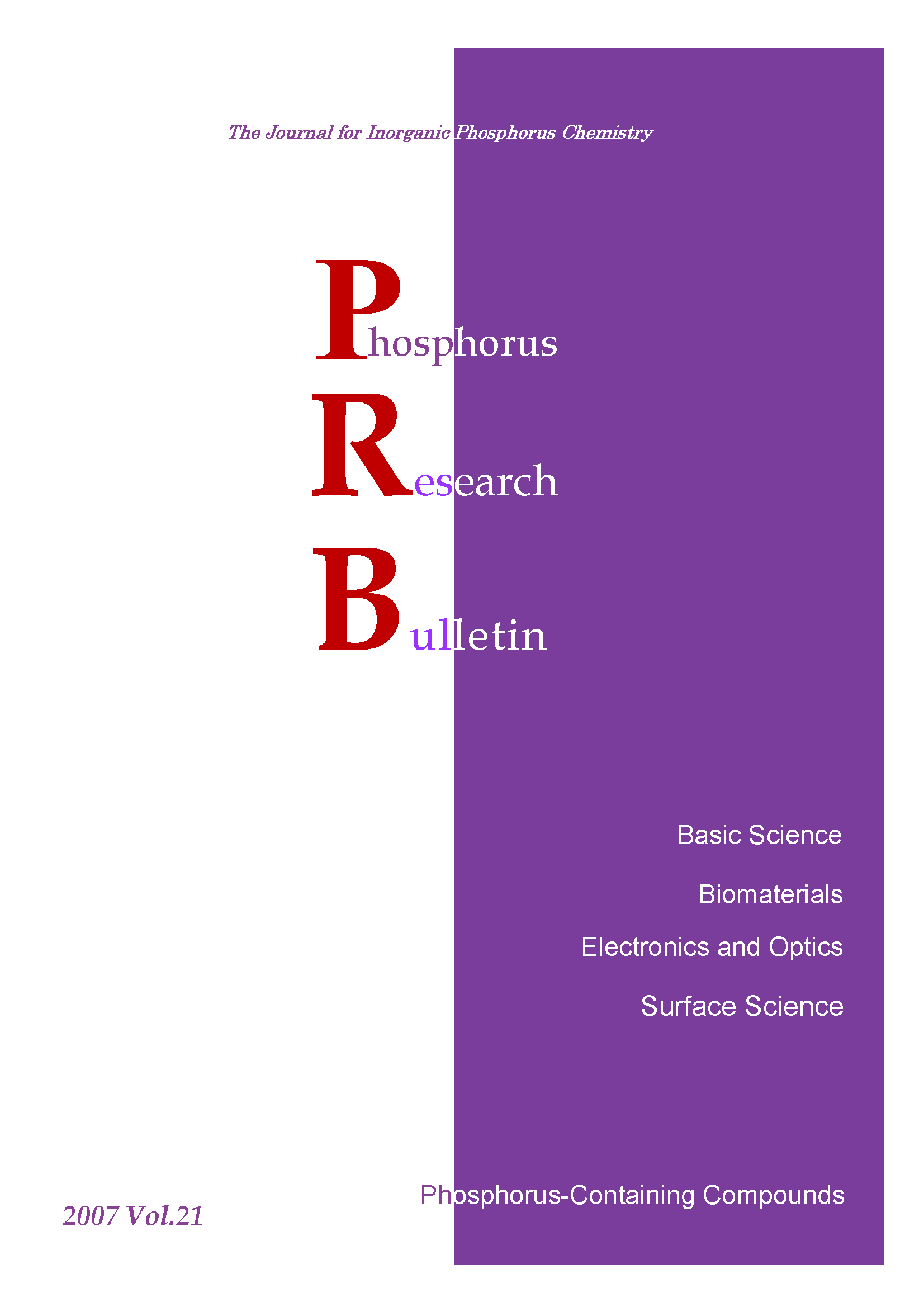Volume 33
Displaying 1-7 of 7 articles from this issue
- |<
- <
- 1
- >
- >|
-
2017Volume 33 Pages i-
Published: 2017
Released on J-STAGE: April 27, 2017
Download PDF (41K)
-
2017Volume 33 Pages 1-6
Published: 2017
Released on J-STAGE: April 27, 2017
Download PDF (841K) -
2017Volume 33 Pages 7-13
Published: 2017
Released on J-STAGE: April 27, 2017
Download PDF (751K) -
2017Volume 33 Pages 14-20
Published: 2017
Released on J-STAGE: July 21, 2017
Download PDF (1050K) -
2017Volume 33 Pages 21-25
Published: 2017
Released on J-STAGE: August 17, 2017
Download PDF (607K) -
2017Volume 33 Pages 26-34
Published: 2017
Released on J-STAGE: November 12, 2017
Download PDF (1585K) -
2017Volume 33 Pages 35-40
Published: 2017
Released on J-STAGE: December 15, 2017
Download PDF (660K)
- |<
- <
- 1
- >
- >|
